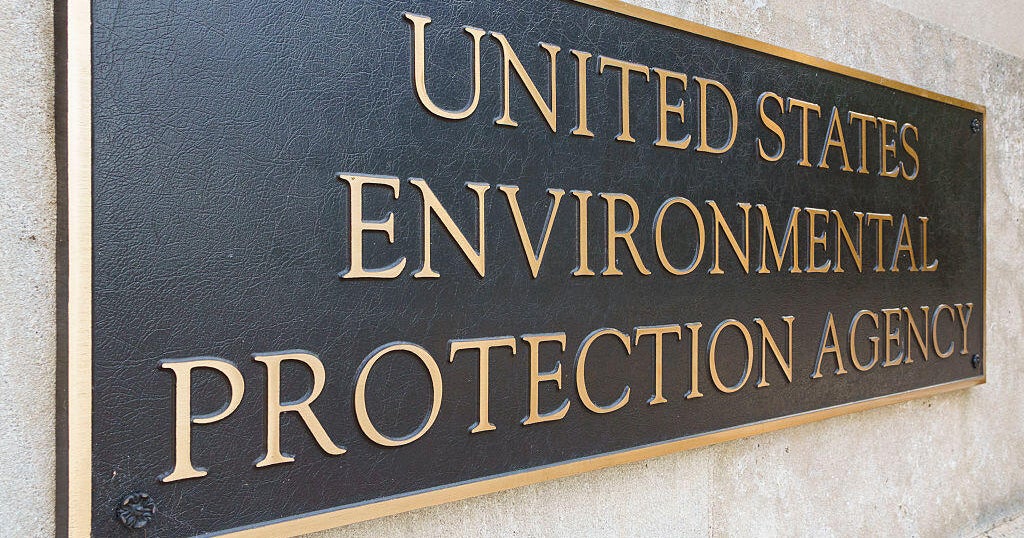The Environmental Protection Agency (EPA) has announced a controversial decision to eliminate its Office of Research and Development, a move that is part of a sweeping transformation under the Trump administration. This restructuring aims to realign the agency’s mission toward enhanced efficiency, and proponents argue it will ultimately better serve the public. However, the decision has wide-ranging implications, particularly for the lives of thousands of employees facing layoffs, as it is estimated
Did You Know
The Eiffel Tower grows during summer heat expansion.
?
AD
that the agency will cut its workforce by approximately 23 percent.
With over 1,500 scientists and researchers employed in the Office of Research and Development, the implications of this job loss are severe. Experts express grave concerns that the dismantling of this vital research arm could undermine critical scientific studies related to public health and the environment. Critics of the administration’s decision argue that the scientific rigor necessary for effective policymaking is now at risk, jeopardizing decades of progress in understanding and combating environmental issues.
In an effort to address these concerns, the EPA plans to create a new Office of Applied Science and Environmental Solutions, which officials promise will allow it to focus on research more than ever before. But the juxtaposition of job cuts and a new organizational structure raises questions about the actual commitment to science and research. As the agency moves into this uncharted territory, many worry that the consequences of dismantling such an essential scientific division will leave a lasting mark on environmental policy, safety, and the health of communities across the nation.
Q&A (Auto-generated by AI)
What is the role of the EPA's research arm?
The EPA's Office of Research and Development (ORD) is crucial for advancing scientific knowledge related to environmental protection. It conducts research on air and water quality, chemical safety, and ecosystem health, providing data that informs regulatory decisions. The ORD employs over 1,500 scientists and researchers who develop methodologies, assess environmental risks, and support policy-making with evidence-based findings.
How will layoffs impact EPA's functions?
The layoffs resulting from the elimination of the EPA's research arm will significantly reduce the agency's capacity to conduct scientific research and analysis. This could hinder the development of new environmental regulations and limit the agency's ability to respond to emerging environmental issues. The reduction in staff may also affect the quality and speed of research outputs, impacting public health and environmental protection efforts.
What are the implications of budget cuts?
Budget cuts leading to the closure of the EPA's research and development office are expected to save taxpayers approximately $748.8 million. However, these cuts may compromise the agency's ability to conduct essential research, potentially leading to less informed environmental policies. Critics argue that reduced funding for scientific research could undermine efforts to address climate change and public health concerns effectively.
What historical precedents exist for EPA layoffs?
Historically, the EPA has faced budget cuts and staff reductions during different administrations, particularly when there is a shift in political ideology. For instance, during the Reagan administration, the EPA experienced significant budget cuts and staff layoffs that affected its regulatory capabilities. Similar patterns have emerged during other conservative administrations, often prioritizing economic growth over environmental regulation.
How does this affect environmental policy?
The elimination of the EPA's research office is likely to weaken the foundation of scientific data that informs environmental policy. Without robust research, the agency may struggle to develop effective regulations or respond to environmental crises. This could lead to less stringent oversight of pollutants and environmental hazards, ultimately impacting public health and the environment negatively.















